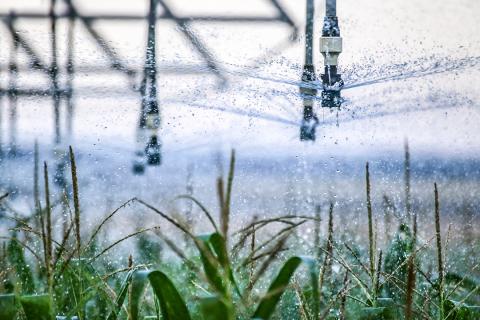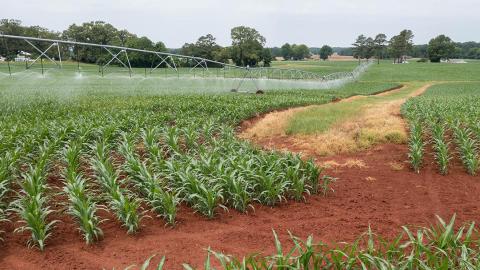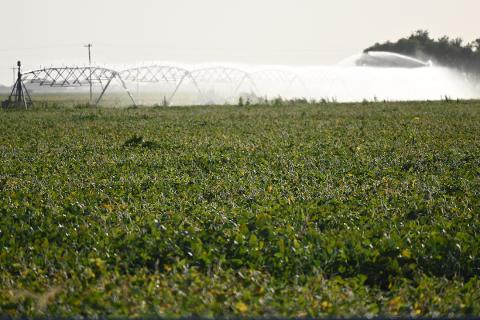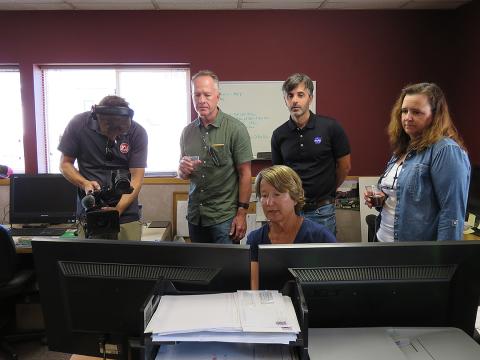
Husker Projects Advance Study of Soil Moisture, Hydrology
August 14, 2024
UNL has installed a neutron monitor — the third of its kind in the U.S. — to improve the accuracy of soil moisture readings by correcting data affected by solar activity, which is crucial for agriculture and climate monitoring.
Weekly Irrigation Newsletter: Using Soil Water Tension Sensors to Schedule Irrigation in East-central Nebraska
September 20, 2024
In the final update for this year, three Nebraska growers share comprehensive irrigation data from their study fields throughout the 2024 growing season.
The Drought of 2023 Impact on Irrigation and What We Can Learn from It
July 12, 2024
The amount and timing of irrigation applied in recent years may have very little to do with what's needed this year. Review the factors before making a decision.
The Economics of Deficit Irrigation Utilizing Soil Moisture Probes
December 15, 2023
Cornhusker Economics experts examine the financial impact on producers using a deficit irrigation strategy in corn.
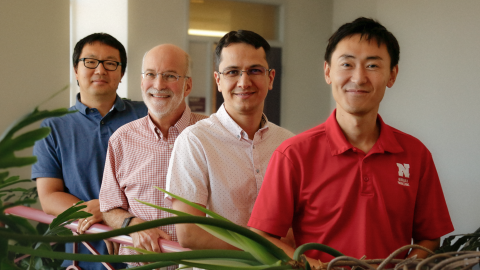
Nebraska Part of Interdisciplinary Team Examining Climate Resiliency Through Soil
September 28, 2023
The research team will experiment with soil amendments and biochar to measure their impact on soil water-holding capacity to find ways to improve preservation of soil moisture in farm fields.
Optimize Those Last Few Irrigations
August 17, 2023
Leaving the field a little drier at the end of the season can help producers save irrigation costs, decrease leaching losses, improve soil conditions for harvest traffic, save water for future years and capture more off-season precipitation.
Study Reviews Farmer Irrigation Scheduling Tendencies in Dry Years
June 8, 2023
Many producers in Nebraska will need to irrigate in June to refill the soil profile before high water demand begins in July, but there are numerous factors to consider when calculating the appropriate irrigation amounts.
NASA’s Earth Sciences Division Visits Nebraska Farms
September 7, 2022
The Space for Ag tour brought NASA scientists and Nebraska farmers together to collaborate on new ways NASA technology and tools can support the agriculture industry.
